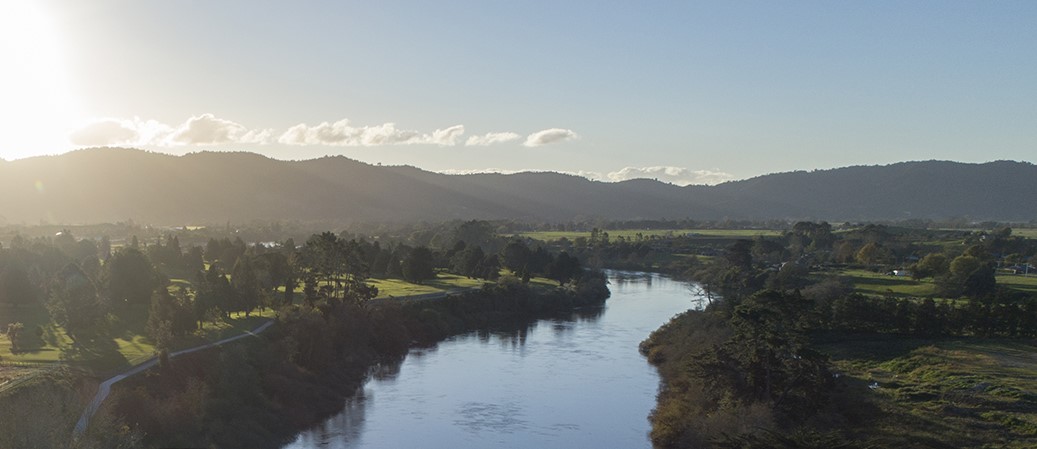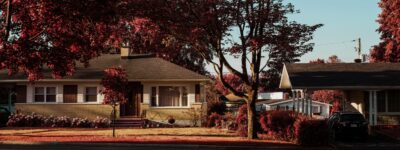In this article, we discuss proposed changes to the Disputes Tribunal that may significantly impact how mid-value disputes are resolved — including a potential increase to its jurisdiction and what that could mean for access to justice.
How might Hamilton City Council’s Plan Change 9 affect your property?
In part two of this series on Plan Change 9, we look at the additions Hamilton City Council is making to Significant Natural Areas in the District Plan.

Use this map to check if your property is affected:
https://experience.arcgis.com/experience/a41ae306be594b2484e798e56f994e12
Under the Resource Management Act 1991 (“RMA”), Councils must have policies and rules that help protect heritage and the natural environment. Through Plan Change 9 (“PC9”), Hamilton City Council is assessing what heritage and natural environments should be protected in its District Plan.
Plan Change 9 covers five topics, including:
- Built Heritage;
- Significant Natural Areas;
- Archaeological sites;
- Historic heritage areas; and
- Notable trees.
In this article, we outline the impacts that PC9 will have on Significant Natural Areas (“SNA”) in Hamilton. To learn more on Built Heritage and Historic Heritage Areas, please see our previous article.
Significant Natural Areas
SNAs are areas of significant native vegetation and/or habitat of native animals that are given the highest levels of protection under the Resource Management Act 1991 (“RMA”).
Hamilton City Council asserts that all SNAs have had an assessment against the Waikato Regional Policy Statement on significance of indigenous biodiversity. For an area to be identified as significant, it needs to only meet one criterion. To see the full criteria, click here:[1] https://www.waikatoregion.govt.nz/assets/WRC/Council/Policy-and-Plans/RPS-Regional-Policy-Statement/RPSv2018.pdf
Most of Hamilton’s SNAs are found around the gully network and along the banks of the Waikato River. Currently, there are 59 SNAs identified which are mainly areas of remnant native forest. Council has worked with ecological experts to look at all potential SNA sites, including significant habitats for indigenous vegetation. Not all SNAs that have been identified were physically viewed by experts.
There is some terminology to be aware of in relation to an SNA, that is:
fSNA meaning “Floristic SNA” – are areas dominated by naturally occurring indigenous plants; and
cSNA meaning “Corridor/indigenous fauna habitat” – are areas defined by topographical or vegetation features, like gully systems.
What does it mean if your property has an SNA identified?
If your property has been identified as having an SNA, it will mean that:
You will need resource consent for:
- Pruning, maintenance or removal of indigenous vegetation or trees within the fSNA even where it is done for the purposes of restoration;
- Pruning, maintenance or removal of indigenous vegetation or trees associated with the construction of new infrastructure and public walkways and cycleways in a SNA;
- Pruning, maintenance or removal of indigenous vegetation or trees associated with the operation, maintenance, renewal or upgrading of existing infrastructure;
- Planting of any pest species or planting of exotic vegetation in a SNA;
- Some Earthworks;
- Additions to, or the replacement of, any existing building or structure that is proposed to exceed the existing envelope or footprint in a SNA; and
- The placement and/or construction of any new building or structures not otherwise covered above.
Resource consent will not be required for:
- Pruning, maintenance or removal of indigenous and exotic vegetation or trees where necessitated by disease or age.
- Pruning, maintenance or removal of indigenous and exotic vegetation or trees where there is an unacceptable risk to public health, safety or property.
- Pruning, maintenance or removal of indigenous and exotic vegetation or trees where the work is necessary to maintain or upgrade existing private tracks and fencing.
- Pruning, maintenance or removal for customary activities.
- Removal or management of pest species, including pest control.
- Planting and management of eco-sourced indigenous vegetation or trees for the purposes of restoration, including relocation of indigenous vegetation or trees within the same SNA.
- Pruning, maintenance or removal of indigenous or exotic vegetation or trees associated with operation, maintenance, renewal or upgrading of existing infrastructure and public walkways and cycleways in a cSNA that doesn’t exceed a set m2 threshold or involve removal of potential bat habitat.
- Earthworks associated with maintaining or upgrading existing tracks, fencing, and access tracks for restoration projects and to access existing infrastructure.
- Earthworks associated with the operation, maintenance, renewal and upgrading of existing infrastructure and public walkways and cycleways under a specified m2 threshold.
- Additions to, or the replacement of, any existing building or structure that does not exceed the existing envelope or footprint in a SNA.
This means you will need to consider what plants and areas you are pruning or completing maintenance on. If it is indigenous vegetation you are touching, you will need consent, this includes clearing indigenous vegetation that is obstructing any views you may have. If it is exotic vegetation or trees and indigenous vegetation that has disease, you will not need consent. Non-compliance with these rules can result in an infringement notice and/or prosecution.
What next?
Section 6 of the RMA provides for the protection of SNAs as a matter of national importance. Because of this, the proposed changes will have immediate legal effect as soon as PC9 is notified.
PC9 has been notified and submissions are due 19 August 2022.
If you wish to make a submission on PC9 or have any questions about its impact on your property, please get in touch with a member of our resource management team.
[1] Page 181 of the Waikato Regional Policy Statement.
This article is current as at the date of publication and is only intended to provide general comments about the law. Harkness Henry accepts no responsibility for reliance by any person or organisation on the content of the article. Please contact the author of the article if you require specific advice about how the law applies to you.
For further information



